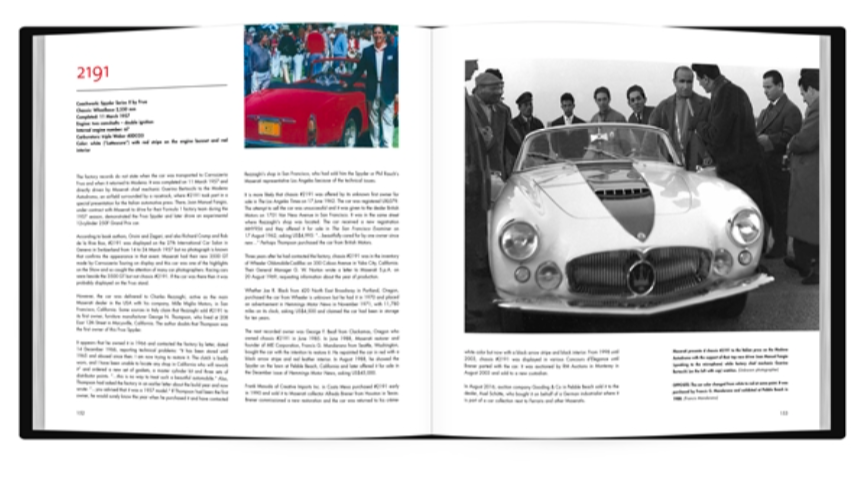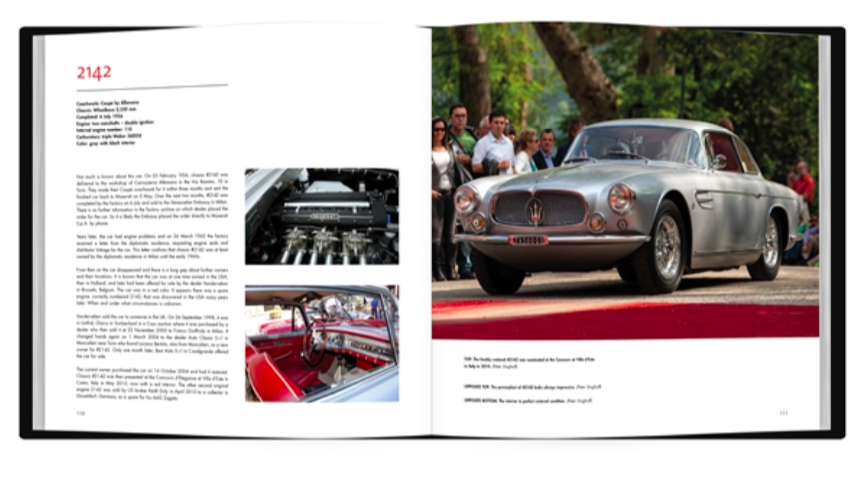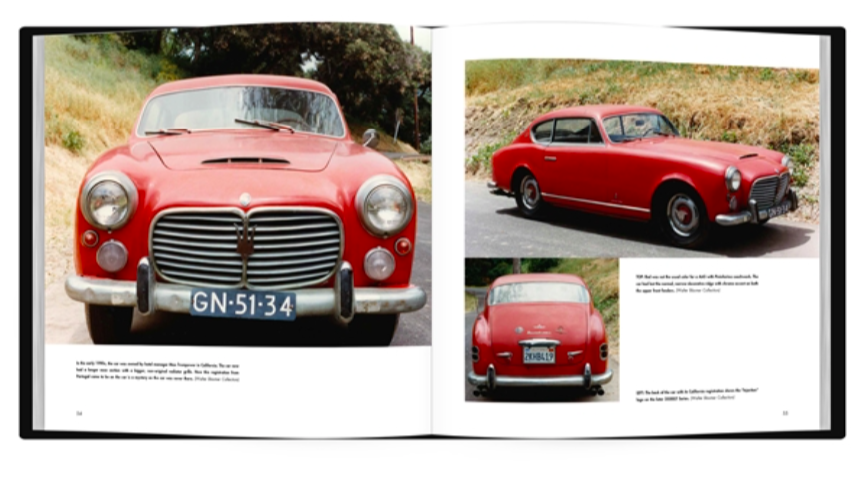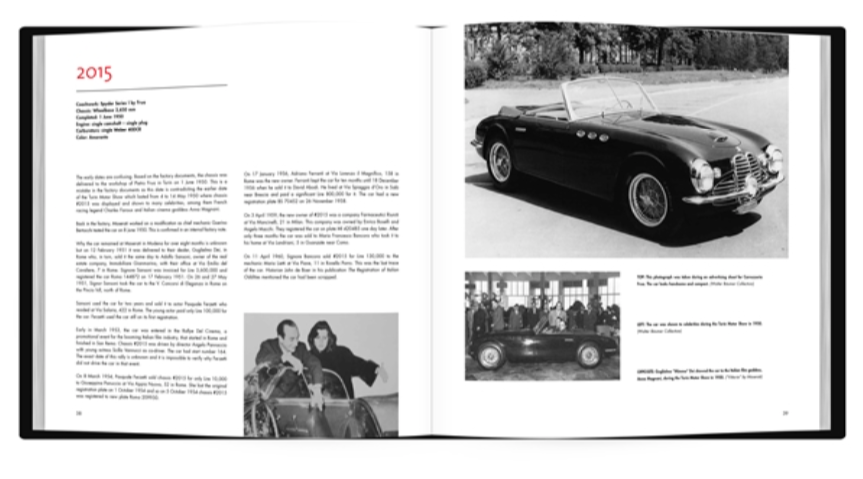Based on the first Maserati GT, the A6-1500, the Modena-based company offered its customers the second series, the A6G 2000, from 1951.
After the more competitive version with the lightweight Zagato body, wealthy customers could choose between four design versions: the bulky design by Pininfarina, the muscular one from Allemano, the glamorous Coupés and Spyder versions by Frua and the eccentric Coupé by Vignale. All vehicles were slightly different and were among the rarest and most expensive cars of their time. The A6G 2000 was a landmark in Maserati history. This book describes for the first time the technical development of this type as well as the individual history of all cars in these four versions, chassis by chassis.
Author Biography
Walter Bäumer was born in 1954 into a family of car enthusiasts. His uncle, also called Walter, was a Mercedes Grand Prix driver and the winner with Huschke von Hanstein of the 1940 Mille Miglia driving a BMW 328, and his father, Werner, acted as Walter’s manager and business adviser. After high school, Walter studied photography, and for many years worked as a photographer and freelance art director for well-known companies in the fashion and cosmetics industries, and magazines such as Esquire, Lucca, Vogue, Style and Playboy. Since 2003 he has worked full time as a Maserati historian. He lives in Düsseldorf, Germany. More about Walter Bäumer
more information: daltonwatson.com















